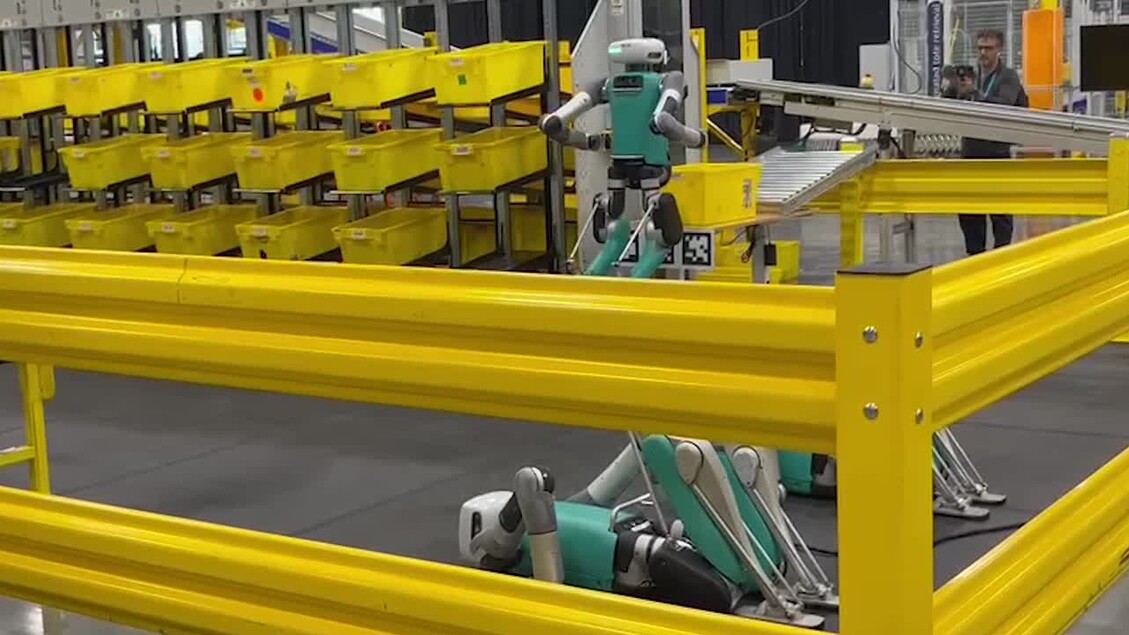According to the technology site The Information, Amazon is testing humanoid delivery robots inside a “humanoid park” at its San Francisco headquarters. These robots, driven by artificial intelligence developed by Amazon but based on external hardware, are designed to operate alongside Rivian electric vans, improving service efficiency.
The goal is that, even with a human driver behind the wheel, the robots can speed up the process, delivering one package while the driver delivers another. Amazon already has more than 20,000 Rivian vans in the United States, and has placed one in the test area as well.
After testing in controlled environments, the company aims to introduce robots in real-world scenarios, entrusting them with home deliveries. However, as highlighted by The Guardian, many challenges remain to be overcome. According to Professor Subramanian Ramamoorthy of the University of Edinburgh, technologies for humanoid robots are advancing rapidly, but ensuring reliable performance outside of highly controlled environments — such as the “humanoid park” — is far from simple. Ramamoorthy notes that if Amazon limited the robots’ scope of operation to relatively orderly settings, such as obstacle-free driveways and standardized entrances, the task would already be more manageable. However, as environments become more complex and unpredictable–with the presence of pets, children or unexpected obstacles–the difficulties increase significantly.
Amazon already has experience in the field: it has tested humanoid robots from the company Agility Robotics in its warehouses. The “Digit” robot, for example, has enabled some employees to switch from manual tasks to robot supervisory roles.
In parallel, Amazon has received approval to test drone deliveries in the UK, opening up further possibilities for logistics automation.












